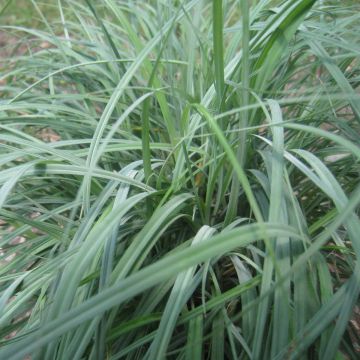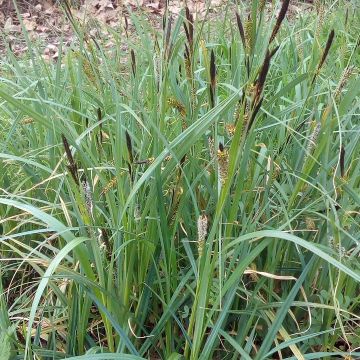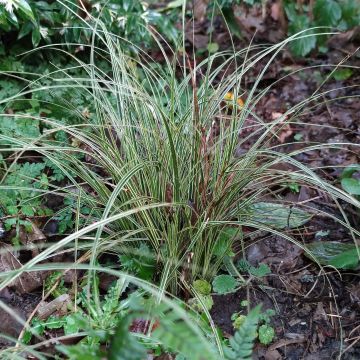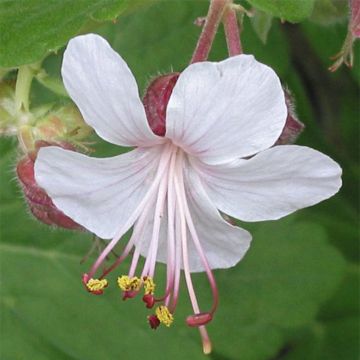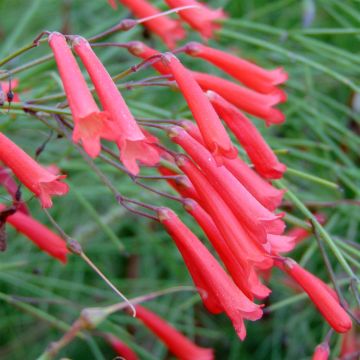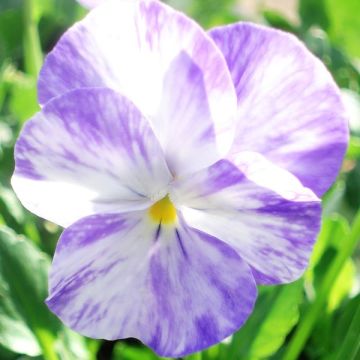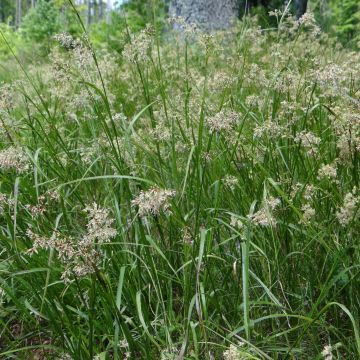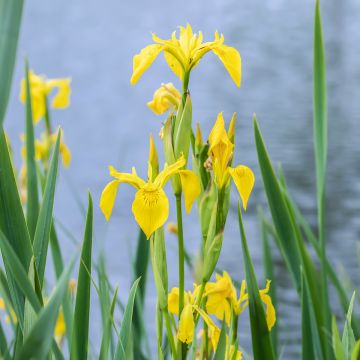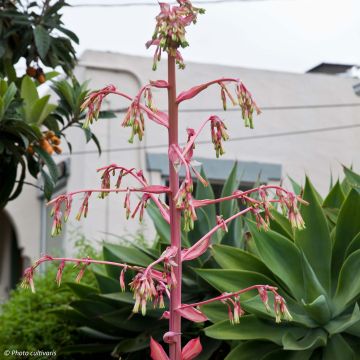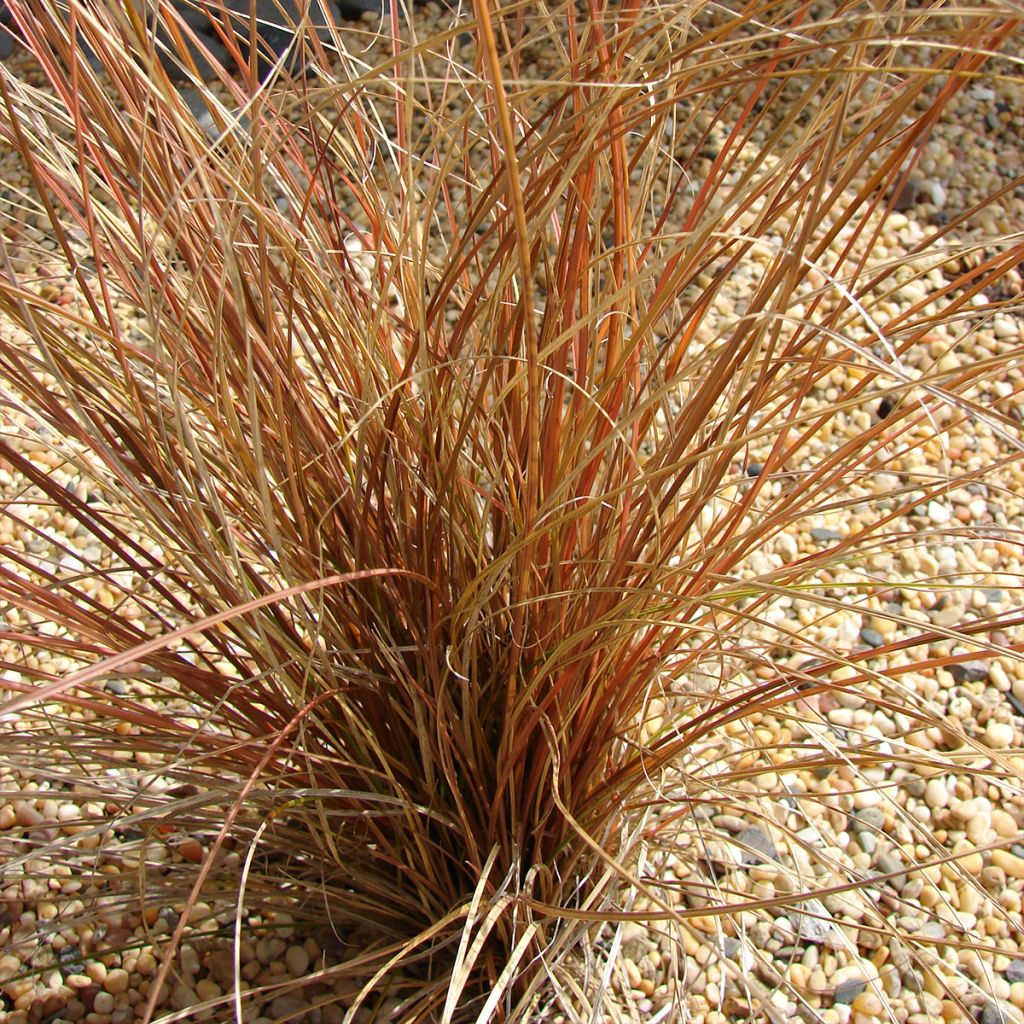

Carex comans Bronco - Laîche de Nouvelle-Zélande
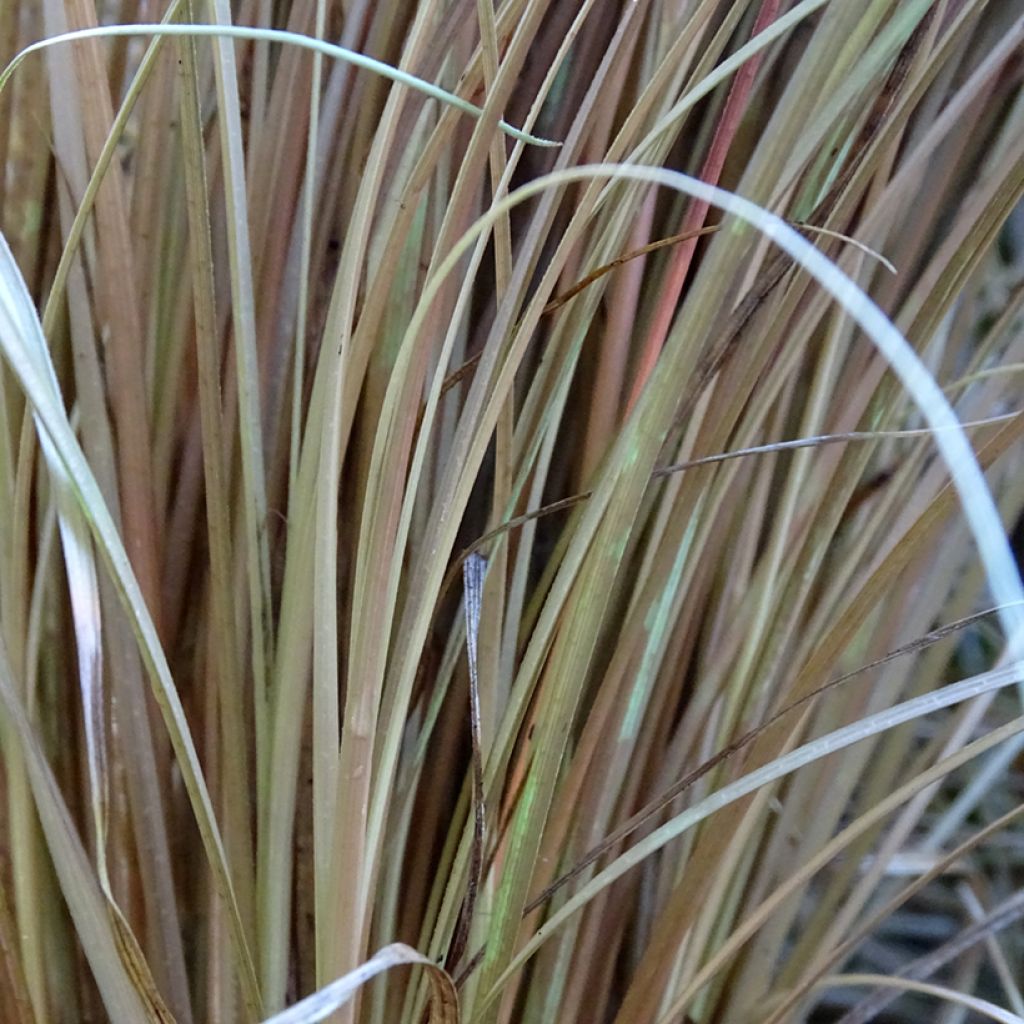

Carex comans Bronco - Laîche de Nouvelle-Zélande
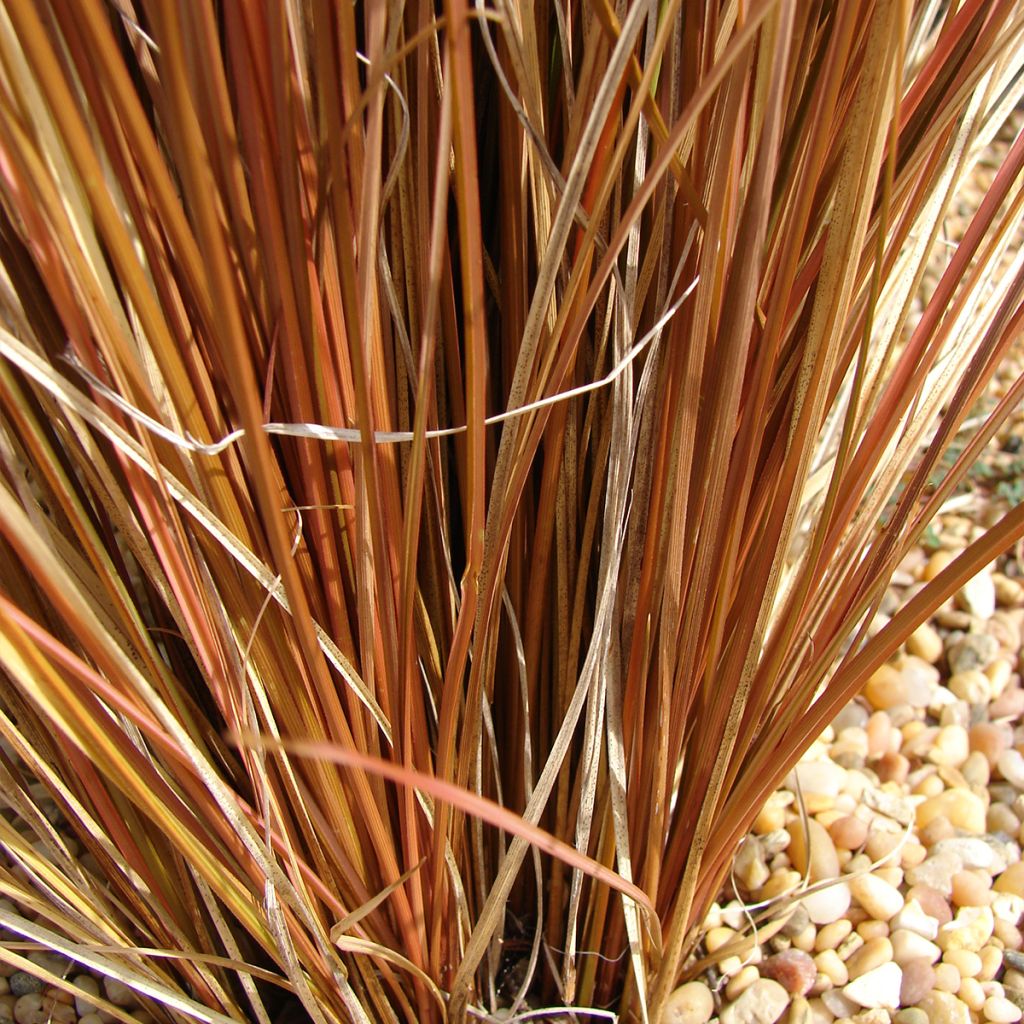

Carex comans Bronco - Laîche de Nouvelle-Zélande
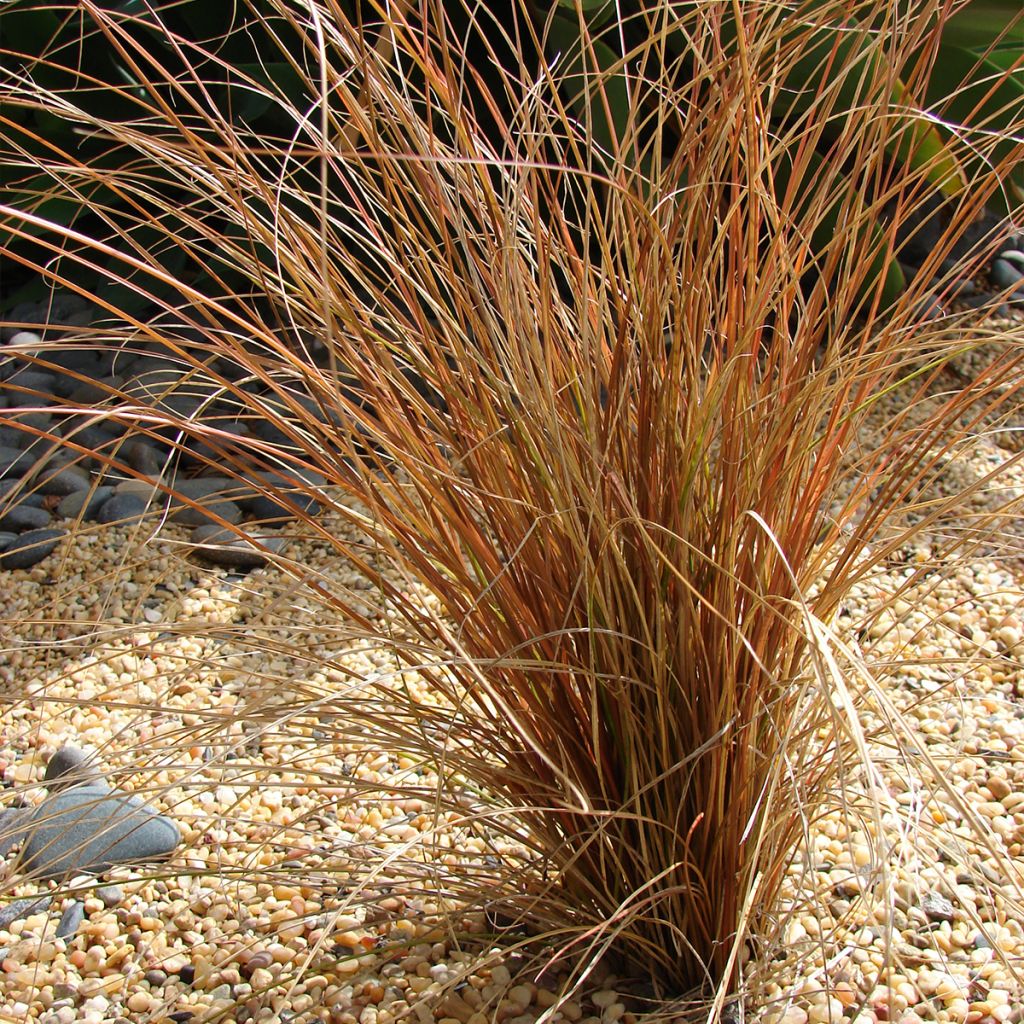

Carex comans Bronco - Laîche de Nouvelle-Zélande
Carex comans Bronco
Carex comans Bronco
Sedge
Well bushy plants, but all dry upon arrival. I hope they will recover well with the watering I am giving them.
Sylvie, 29/04/2023
This item cannot be shipped to the selected country
Delivery charge from €5.90
More information
Schedule delivery date,
and select date in basket
This plant carries a 12 months recovery warranty
More information
We guarantee the quality of our plants for a full growing cycle, and will replace at our expense any plant that fails to recover under normal climatic and planting conditions.
From €5.90 for pickup delivery and €6.90 for home delivery
Express home delivery from €8.90.
Does this plant fit my garden?
Set up your Plantfit profile →
Description
Carex comans 'Bronco', also known as sedge, is a persistent small New Zealand grass. It is a unique plant, with young leaves tinged with pink in spring, before turning bronze-copper with silver highlights. It is equally remarkable for its dense, shaggy, spread out and trailing crest-like aspect, adorned with discreet metallic reflections. It harmonises with autumn colours, becoming more coppery in the cold. A perennial with a tufted base, this non-invasive ground cover adds character to contemporary or wild settings and can easily be cultivated in pots and planters.
Carex comans 'Bronco' belongs to the Cyperaceae family. Its ancestor is a kind of grass native to New Zealand, particularly the Stewart Islands, where it grows in light undergrowth and forest edges, thriving in well-drained soils, coastal areas, and subalpine meadows. Very hardy, this species easily adapts to our climates, in any well-drained, moist to dry soil.
Carex 'Bronco' is a recent variety, distinguished from the typical species by its broader and more spreading habit, as well as by the richer and more nuanced colouration of its foliage. Very fine and linear, the 50cm (20in) long leaves are strongly arched and form a 45cm (18in) high fountain with a diameter of 45 to 50cm (18 to 20in). In spring, they are light brown with a pink centre, and silver at the tips. In summer, the overall colour is a lovely warm brown, shining with bronze and silver reflections. The flowers appear in June-July and are a reddish-brown, but without much ornamental interest. The vegetation remains decorative in winter.
The hardy and undemanding Carex comans 'Bronco' thrives in the sun and adapts to various growing conditions, but dislikes waterlogged soils. Plant it in a sheltered position, above a rockery or a wall, so that the foliage can cascade freely. For example, plant it with the grey-blue foliage of Heuchera 'Green Spice', Stachys bysantina 'Big Ears', and Origanum 'Rosenkuppel'. The acid-green flowers of euphorbias (Euphorbia myrsinites), the small purple pompoms of ornamental garlic, and the corollas of poppies will enhance the brilliance of its warm-coloured foliage. Resourceful gardeners can use this plant to create unique decorations, such as placing several pots of Carex comans at different levels on a wooden structure. At the base of this structure, plant some annuals like marigolds, red salvias, and purple morning glories.
Report an error about the product description
Flowering
Foliage
Plant habit
Botanical data
Carex
comans
Bronco
Cyperaceae
Sedge
Cultivar or hybrid
Other Carex
Planting and care
Prepare a planting hole that is 20x20x20cm (8x8x8in) in size. If your soil is heavy, mix some compost with the crumbled soil, partially fill the hole, and place your plant so that the top of the root ball is covered with 3cm (1in) of soil. Firmly press down and water generously to eliminate air pockets. In dry weather, you will need to water regularly for a few weeks to facilitate the establishment of your young plant. Once well rooted, Carex comans 'Bronco' tolerates summer drought well, but occasional watering will be beneficial for the beauty of its foliage.
Planting period
Intended location
Care
-
, onOrder confirmed
Reply from on Promesse de fleurs
Evergreen perennials
Haven't found what you were looking for?
Hardiness is the lowest winter temperature a plant can endure without suffering serious damage or even dying. However, hardiness is affected by location (a sheltered area, such as a patio), protection (winter cover) and soil type (hardiness is improved by well-drained soil).

Photo Sharing Terms & Conditions
In order to encourage gardeners to interact and share their experiences, Promesse de fleurs offers various media enabling content to be uploaded onto its Site - in particular via the ‘Photo sharing’ module.
The User agrees to refrain from:
- Posting any content that is illegal, prejudicial, insulting, racist, inciteful to hatred, revisionist, contrary to public decency, that infringes on privacy or on the privacy rights of third parties, in particular the publicity rights of persons and goods, intellectual property rights, or the right to privacy.
- Submitting content on behalf of a third party;
- Impersonate the identity of a third party and/or publish any personal information about a third party;
In general, the User undertakes to refrain from any unethical behaviour.
All Content (in particular text, comments, files, images, photos, videos, creative works, etc.), which may be subject to property or intellectual property rights, image or other private rights, shall remain the property of the User, subject to the limited rights granted by the terms of the licence granted by Promesse de fleurs as stated below. Users are at liberty to publish or not to publish such Content on the Site, notably via the ‘Photo Sharing’ facility, and accept that this Content shall be made public and freely accessible, notably on the Internet.
Users further acknowledge, undertake to have ,and guarantee that they hold all necessary rights and permissions to publish such material on the Site, in particular with regard to the legislation in force pertaining to any privacy, property, intellectual property, image, or contractual rights, or rights of any other nature. By publishing such Content on the Site, Users acknowledge accepting full liability as publishers of the Content within the meaning of the law, and grant Promesse de fleurs, free of charge, an inclusive, worldwide licence for the said Content for the entire duration of its publication, including all reproduction, representation, up/downloading, displaying, performing, transmission, and storage rights.
Users also grant permission for their name to be linked to the Content and accept that this link may not always be made available.
By engaging in posting material, Users consent to their Content becoming automatically accessible on the Internet, in particular on other sites and/or blogs and/or web pages of the Promesse de fleurs site, including in particular social pages and the Promesse de fleurs catalogue.
Users may secure the removal of entrusted content free of charge by issuing a simple request via our contact form.
The flowering period indicated on our website applies to countries and regions located in USDA zone 8 (France, the United Kingdom, Ireland, the Netherlands, etc.)
It will vary according to where you live:
- In zones 9 to 10 (Italy, Spain, Greece, etc.), flowering will occur about 2 to 4 weeks earlier.
- In zones 6 to 7 (Germany, Poland, Slovenia, and lower mountainous regions), flowering will be delayed by 2 to 3 weeks.
- In zone 5 (Central Europe, Scandinavia), blooming will be delayed by 3 to 5 weeks.
In temperate climates, pruning of spring-flowering shrubs (forsythia, spireas, etc.) should be done just after flowering.
Pruning of summer-flowering shrubs (Indian Lilac, Perovskia, etc.) can be done in winter or spring.
In cold regions as well as with frost-sensitive plants, avoid pruning too early when severe frosts may still occur.
The planting period indicated on our website applies to countries and regions located in USDA zone 8 (France, United Kingdom, Ireland, Netherlands).
It will vary according to where you live:
- In Mediterranean zones (Marseille, Madrid, Milan, etc.), autumn and winter are the best planting periods.
- In continental zones (Strasbourg, Munich, Vienna, etc.), delay planting by 2 to 3 weeks in spring and bring it forward by 2 to 4 weeks in autumn.
- In mountainous regions (the Alps, Pyrenees, Carpathians, etc.), it is best to plant in late spring (May-June) or late summer (August-September).
The harvesting period indicated on our website applies to countries and regions in USDA zone 8 (France, England, Ireland, the Netherlands).
In colder areas (Scandinavia, Poland, Austria...) fruit and vegetable harvests are likely to be delayed by 3-4 weeks.
In warmer areas (Italy, Spain, Greece, etc.), harvesting will probably take place earlier, depending on weather conditions.
The sowing periods indicated on our website apply to countries and regions within USDA Zone 8 (France, UK, Ireland, Netherlands).
In colder areas (Scandinavia, Poland, Austria...), delay any outdoor sowing by 3-4 weeks, or sow under glass.
In warmer climes (Italy, Spain, Greece, etc.), bring outdoor sowing forward by a few weeks.

































